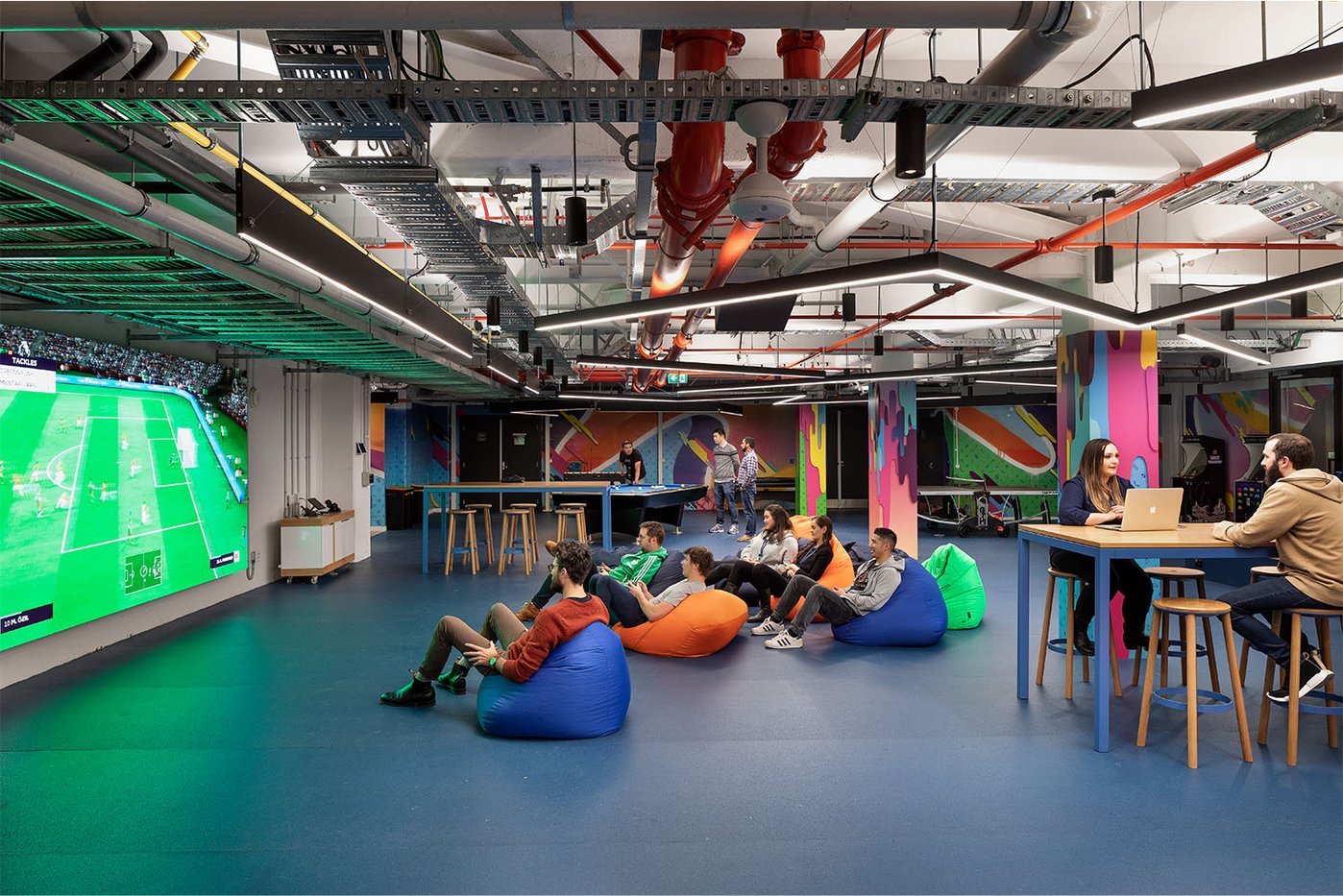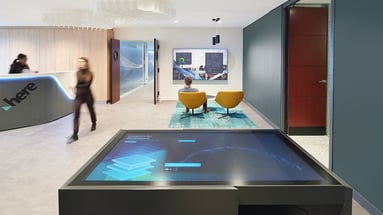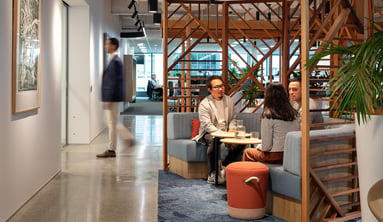Creating workplace change with your people and business in mind

Over two years after the start of the COVID-19 pandemic, the ideas of “work” and “workplace change” have drastically shifted. Business leaders looking to create change must consider the holistic work experience in addition to the workplace.
The questions leaders are asking
Today’s employees expect more from their employers than ever before. After dealing with years of upheaval in their personal and professional lives, they’re demanding flexible and inclusive work experiences. Companies that aren’t responding to this demand are losing their best and brightest talent.
Business leaders know that they need to enact meaningful workplace change to accommodate this shift in power. But they don’t know where to begin, and have questions such as:
- Why is the office needed?
- How do we create work experiences that support our people and business?
- How do we make change without a crystal ball?
The best way for leaders to address these concerns and create meaningful change is through an experience design approach that puts people at the center of the process. Leaders who embrace this approach will see happier workforces, increased productivity, and better business outcomes.
"We're in the middle of the biggest work revolution of the last century. As power shifts to employees, leaders need to invite staff to co-create organizational and experiential change. This gives employees a sense of ownership, reduces resistance, and makes change adoption a smoother process.” - Principal, Strategy, Unispace
Why is the office needed?
Leaders approaching change today must understand the new role of the office. While the office used to be the center of a company’s activity, companies should now support work across an ecosystem that includes the office. Examples of what could be found in a work ecosystem are:
- A downtown office
- Home offices
- Coffee shops
- Transportation vehicles
- Co-working spaces
- Virtual reality
With today’s employees concerned about flexibility and work/life balance, it’s imperative that companies include nontraditional workspaces in their ecosystems. However, the office still has an important role to play. Employees are also concerned about culture and feeling a lack of personal connection while working remotely, and the office is critical in fostering engagement between coworkers and amplifying company culture. Leaders should ensure that their office footprint aligns with their people’s needs and business objectives.
"The workplace needs to engage and attract people to your business, but most importantly, retain them.” – Christian Campanella, HR Director, Pernod Ricard
How do companies create work experiences that support their people and business?
Leaders also need to understand that a successful change experience is curated to each company. By focusing on what their people and business need to thrive instead of worrying about what other companies are doing, they will create happy and productive workforces.
To facilitate successful change, leaders must involve their employees in every step of the change. This requires:
- Asking employees about their needs and desired work experiences
- Giving employees access to technology that engages them with the change and fosters excitement around it
- Gathering feedback in an equitable way that considers people's varying work environments and preferred methods of communication
By making employees feel heard and teaching them to own the outcomes of the change, leaders will see more acceptance of new processes and gain their people's trust.
How do companies make change without a crystal ball?
After years of disruption in the landscape of work, it’s clear that sentiments around the work experience will keep shifting. Therefore, companies must enact resilient change approaches that can adapt to changing employee needs.
Move-in day is not the end of the change experience–it’s the beginning of testing and refining the change. Leaders can understand the effectiveness of their change through:
- Data collection methods that understand sentiments around spaces and space usage
- A virtual dashboard that updates with live data days, months, and years into the change
- Frequent candid conversations with employees
Leaders can use the data they collect to make incremental changes to the work experience over time. If they continue to listen to their employees and prioritize people-centric change, they will create successful work experiences that enable their people and business to thrive.
“You have to continuously gather data and feedback from your people so that when their behaviors inevitably change, you’ll know how your spaces and processes are performing and identify what needs adjustment.” - Daniel Bender, Senior Associate, Strategy, Americas, Unispace
For specific checklists and guidelines around how you can create future-proofed workplace change that engages your people and improves your bottom line, download our full change experience guide.
Access more of our change management insights in CoreNet Global's The Pulse and Work Design Magazine.


